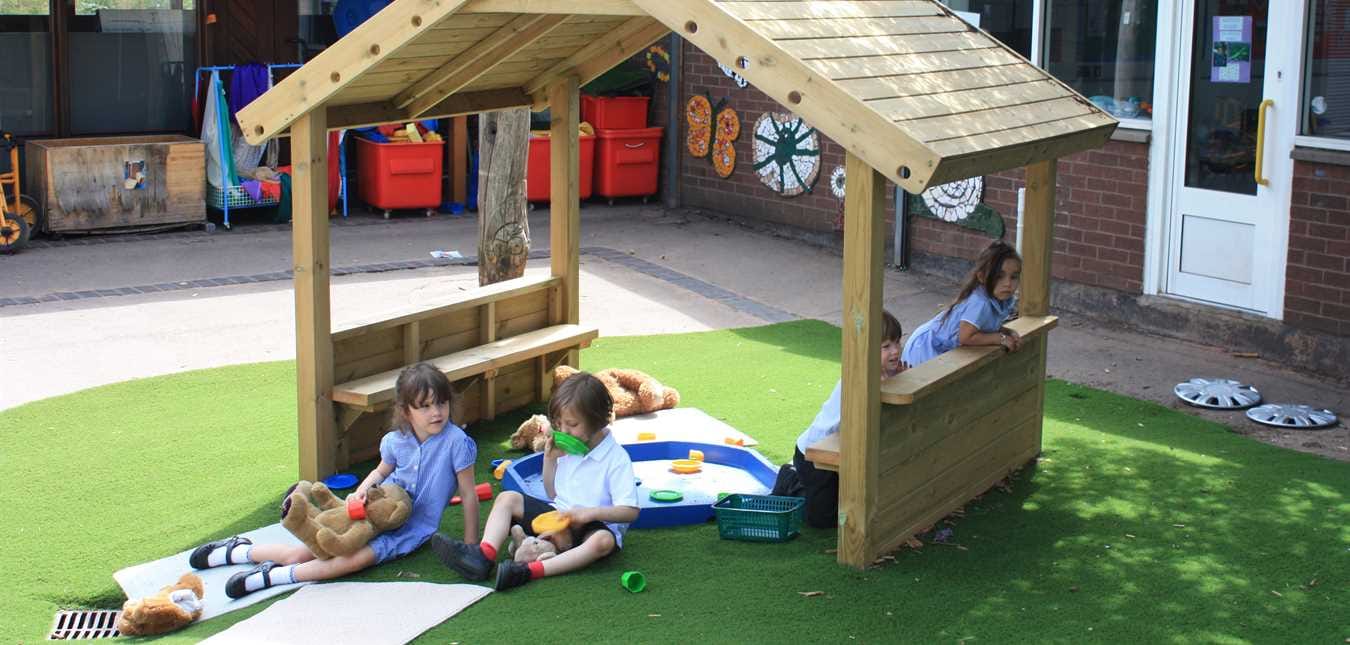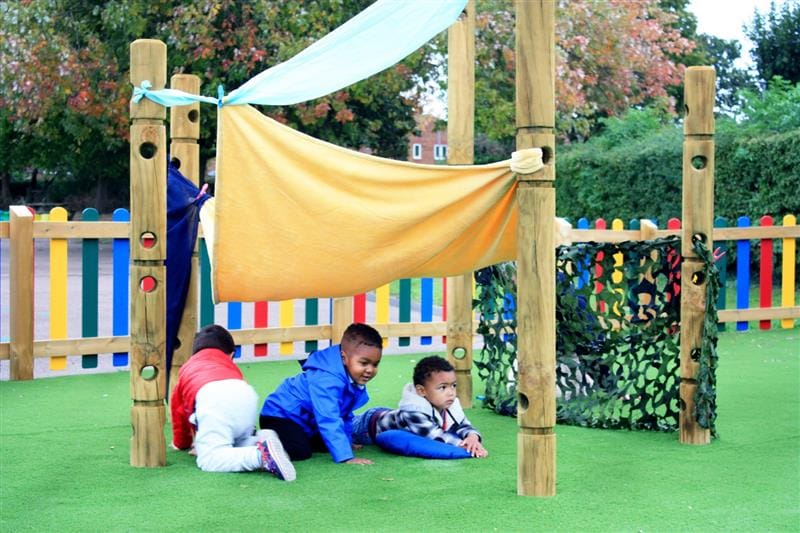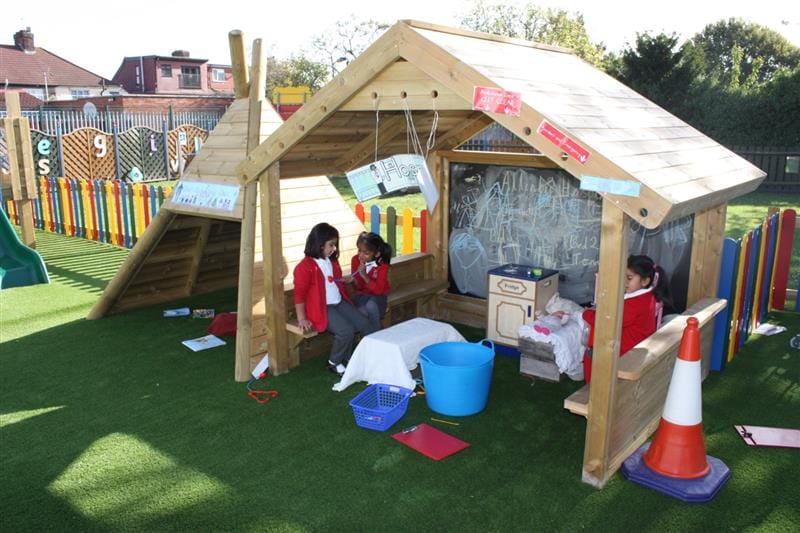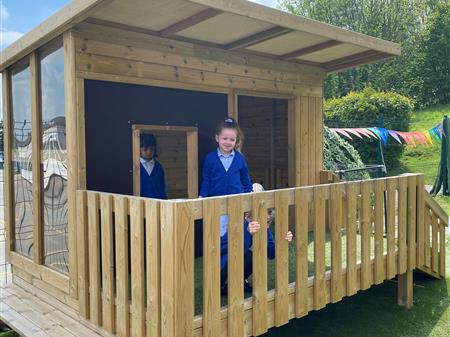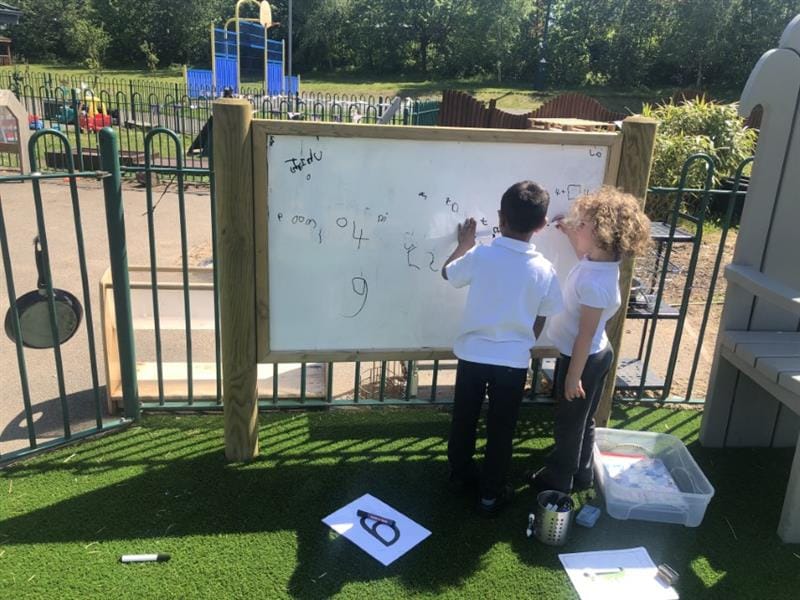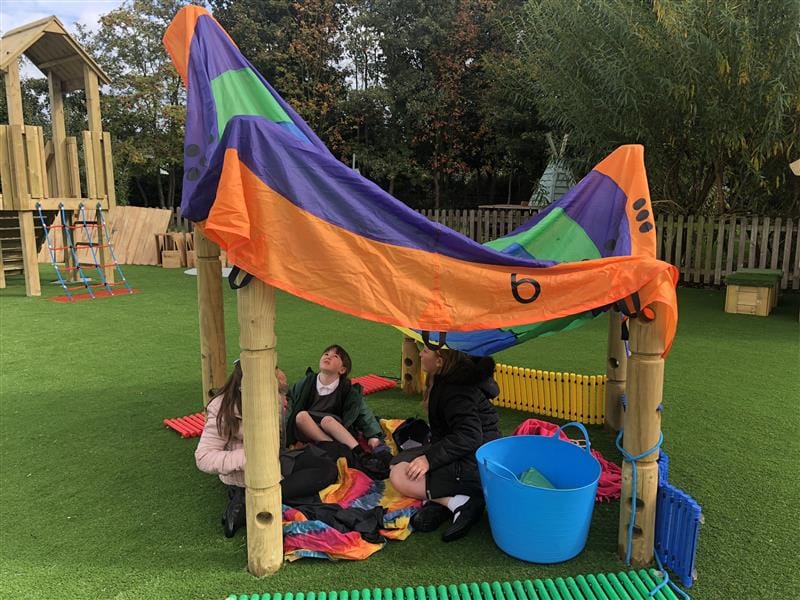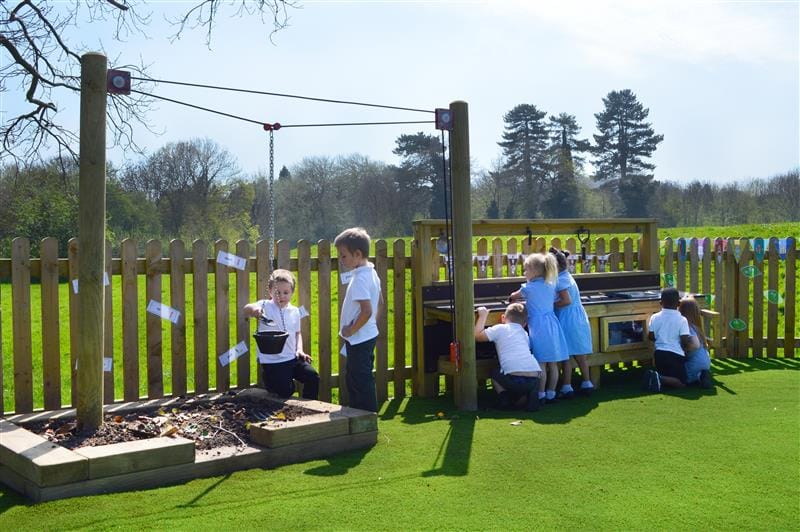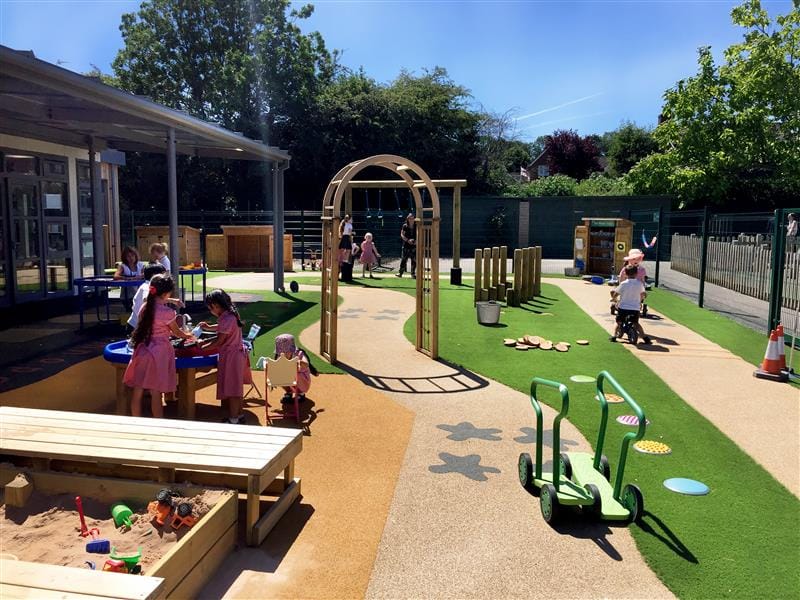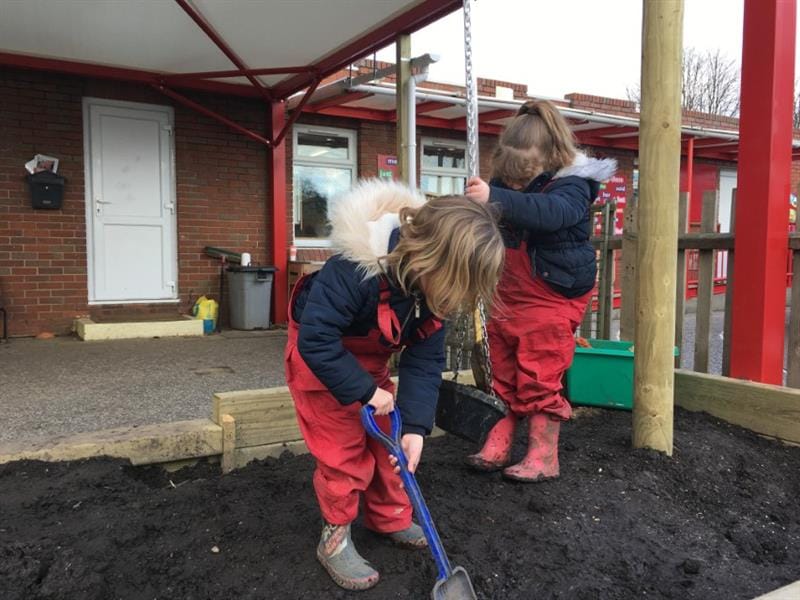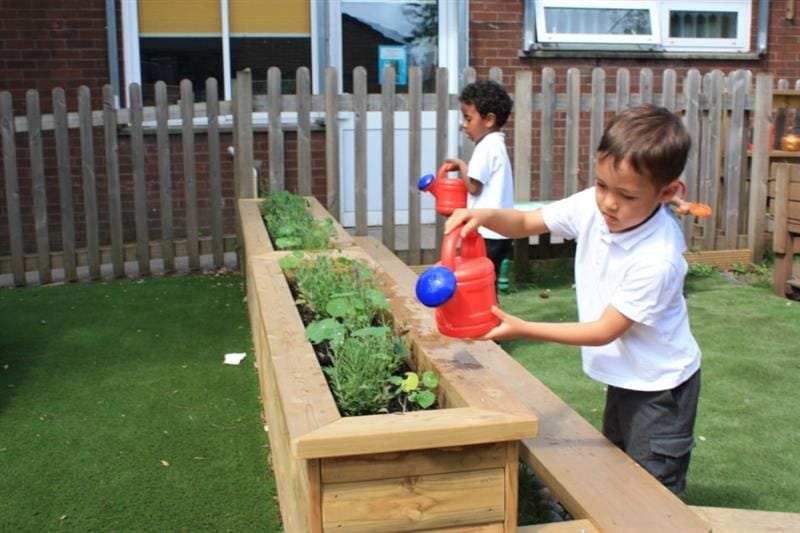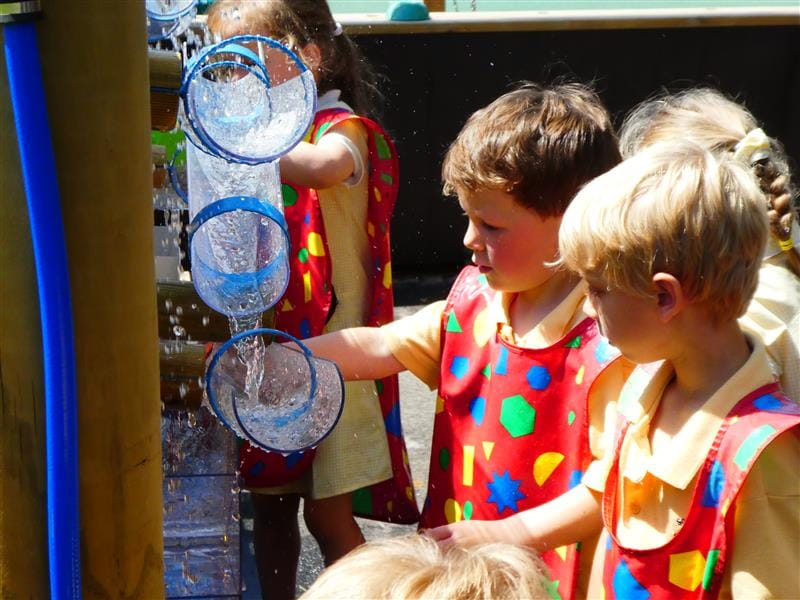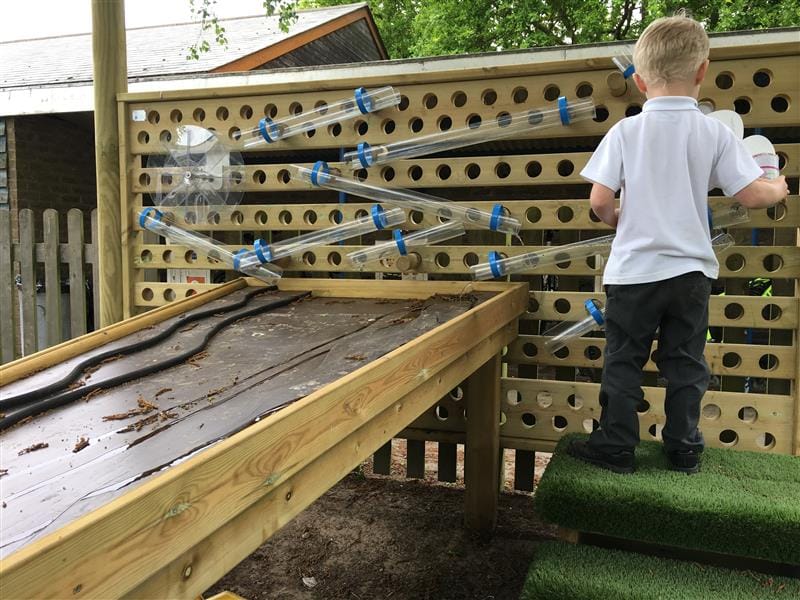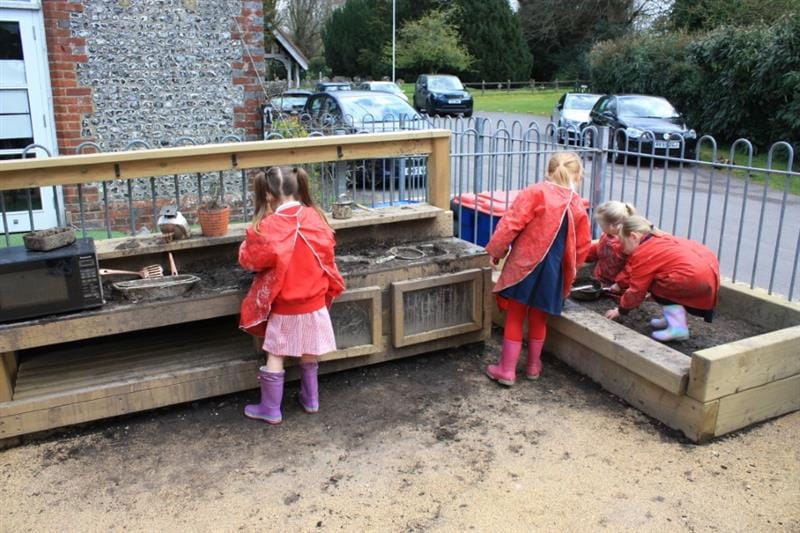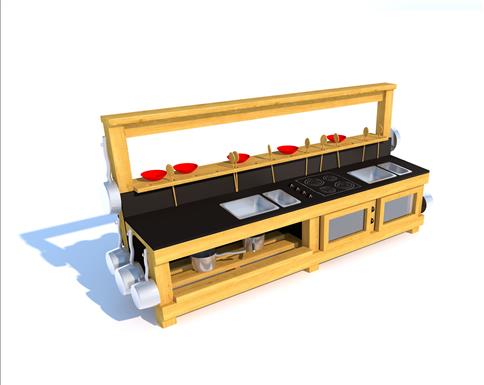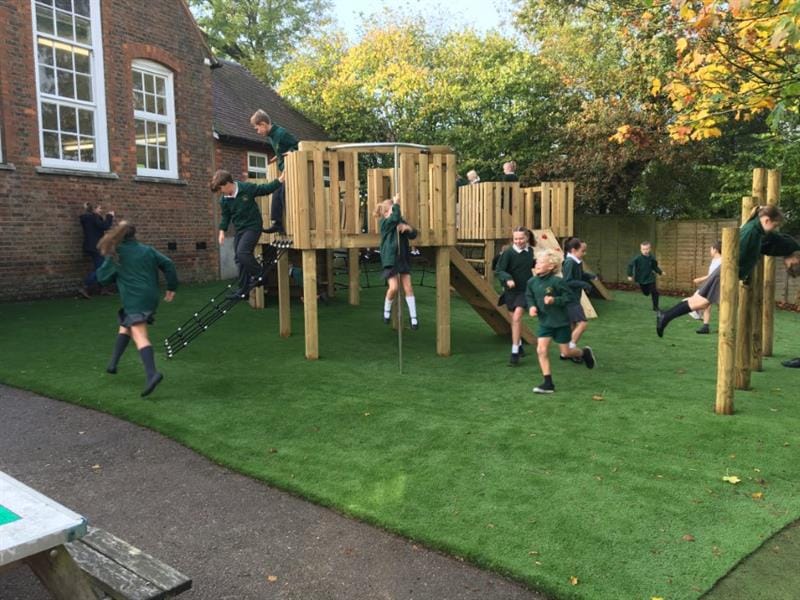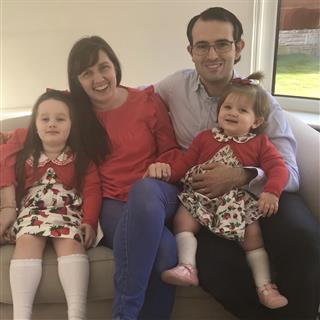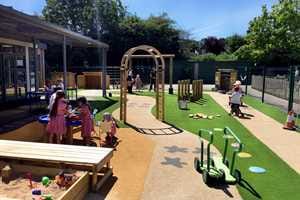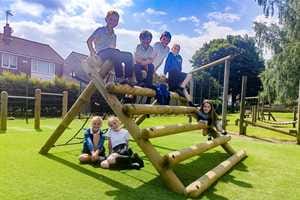
Lesson Ideas and Activities
6 Ideas to Refresh your Outdoor Role Play Provision this Summer
Whether it’s calling out for their next patient, making a cup of tea for the tiger or baking a cake for their customers, role play has always been a crucial part of children’s play and development.
Role play is a fun way for children to learn about themselves, others and their environment. Children’s imaginations thrive whilst playing ‘in role’ which links to Pentagon’s current campaign ‘What A Child Sees.’
Creativity is developed, they are able to solve problems and their performance in many curriculum subjects is enhanced.
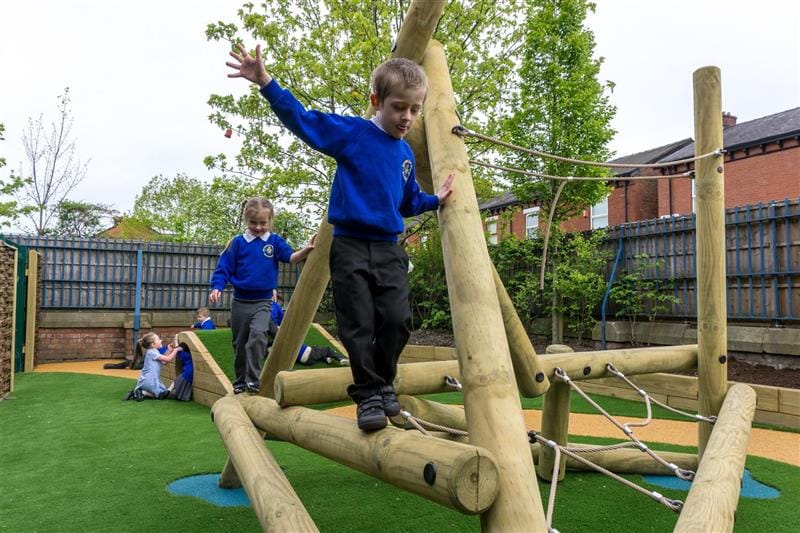
Make time to play
As a teacher I know the curriculum is vast and demanding. Once you’ve done the register, phonics, maths, P.E. and practised for the school assembly there can often feel like very little time is left for play.
However, I have seen role play areas used in every class in the school. Yes, even Year 6 had a Victorian sitting room and Year 5 a crime scene investigation area!
I could see first-hand the impact those areas had on children’s progress across the curriculum particularly in literacy.
What benefits can role play areas bring to your playground?
Through role play, children make sense of what they have seen or experienced.
Even my baby daughter engages in imitation, she picks up her toy keys, phone, bag and shoes and she’s ready to play! My four years old’s imagination knows no bounds.
Just this week I was a client in her salon, a babysitter, a cave girl and I had to plan a party for the fairies!
My daughter’s own experiences, detail, use of language and social interaction grow when engaged in this type of play.
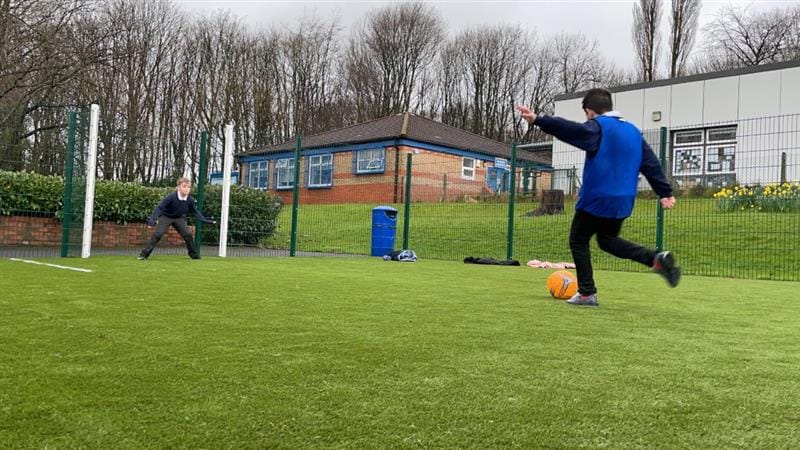
Improve language and communication skills
Children can be anyone and do anything in their make-believe world. Imaginative play and Storytelling Areas can be enhanced for example with a puppet theatre.
Hand puppets, finger puppets and dolls are brilliant for encouraging a rich variety of spoken language.
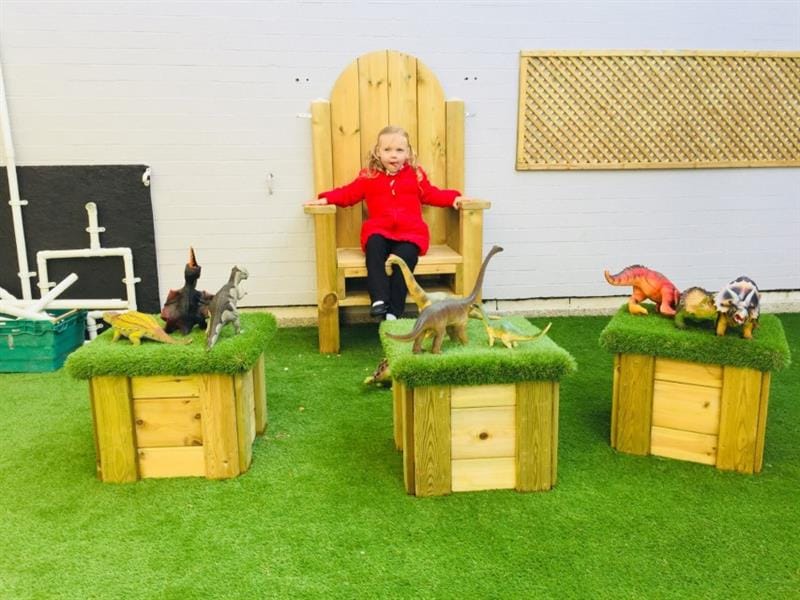
A key part of imaginative play is pretending that an object or space is something else so it is useful to provide generic items even ‘junk’ items such as cardboard boxes of different shapes and sizes, tubes, fabric and natural resources.
When playing, children learn to listen and respond appropriately to their peers. They are building their vocabulary by articulating their answers, arguments and opinions.
They are able to maintain attention and participate actively in collaborative conversations, staying on topic and initiating and responding to comments.
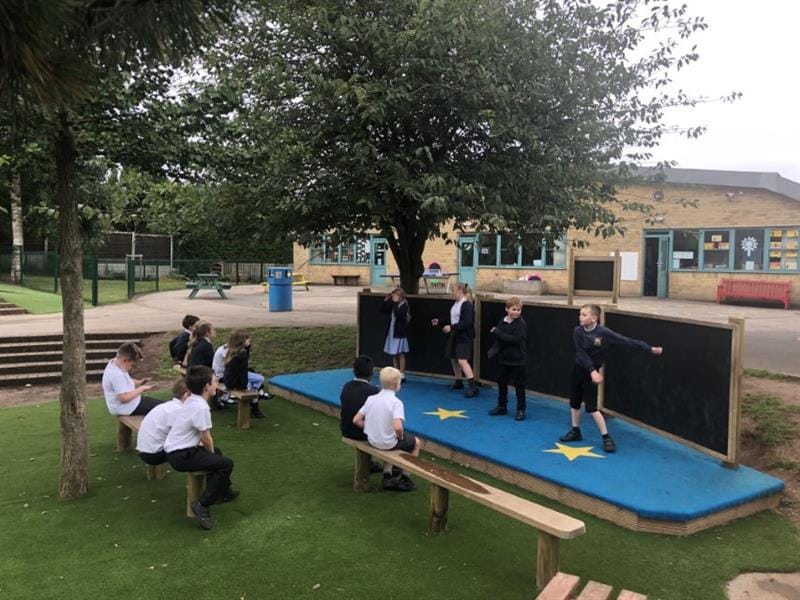
Role play is particularly important for a child’s social and personal development. They learn social skills when playing with their peers and they are able to take on other people’s perspectives.
Self-regulation through compromise, co-operation and understanding are needed as children agree the roles and rules of play.
A greater understanding of mathematical concepts
Children’s understanding of mathematical concepts can be supported through exposure to number, shape and problem solving in role play areas.
They learn about money as they pay for their items, they share when setting places at the table, a cup for me and a cup for you, they count in doubles when matching socks and talk about sizes of clothing.
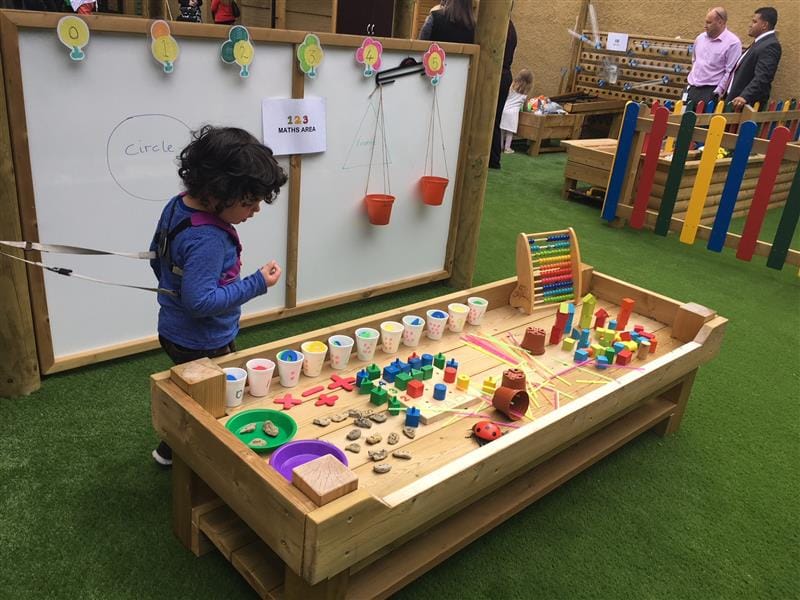
Even when tidying up they are grouping items by colour and size, hopefully!
Having a washing line with numbered pegs for the doll’s clothes would encourage counting and reading of numbers where children are able to clearly see one more and one less.
Simple recipe cards can be followed and scoops and spoons can be counted, sand timers can be turned whilst waiting for their cakes to cook!
Toy telephones and phonebooks created by the teacher increase number awareness and numbered envelopes in the post office helps to recognise place value of numbers.
Work together to solve problems
Problem solving skills are introduced through role play activities.
Having a camp fire role play or building an Outdoor Den is a good way to give children the opportunity to progress their construction skills.
The experience allows children to use positional language and develop their understanding of shape and space.
The children will be able to explore resources such as sheets, curtains, poles, clips and string.
They will decide which materials they need to build their camp and the best place to erect it.
Practitioners can model positional words and phrases and children could go on a scavenger hunt bringing stones, twigs and leaves back to the campsite to sort.
Children rarely have opportunities to investigate objects that are really heavy.
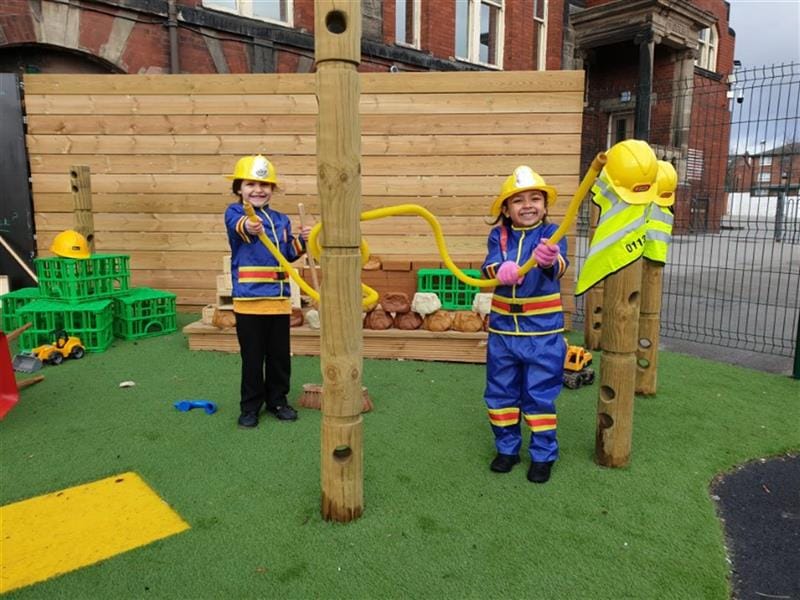
Creating a ‘building site’ in an outdoor area allows children to explore measure as well as co-operating and finding new ways to do things.
Mathematical language will be used when transporting buckets of sand and gravel to the site and strategies will be needed to lift the buckets.
Learn to express feelings
The use of a role play area allows children to be able to express their feelings. They begin to be able to describe how they are feeling and can relate to how others are feeling.
They may be generous and show an understanding of sharing. They can show affection for their friends for example by creating a drawing for them.
Through play children learn how to get better at managing strong emotions such as anger, frustration and disappointment.
They will try hard to follow the rules of the game and begin to show patience when wating for things.
Role play areas have the potential to celebrate and support learning about different cultures.
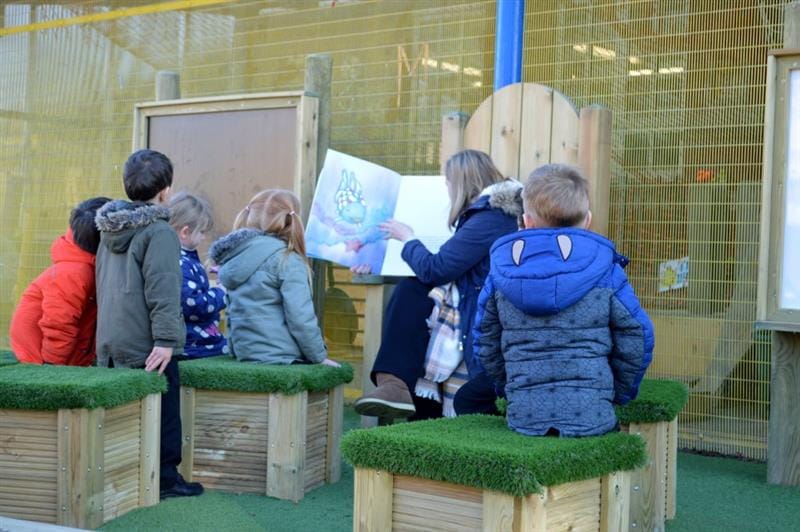
Role play areas can include babies and toys representing different races, genders and physical appearances.
Food and traditional costumes that are culturally significant or different for the children in the setting allows for exploration and celebrates cultural diversity through play.
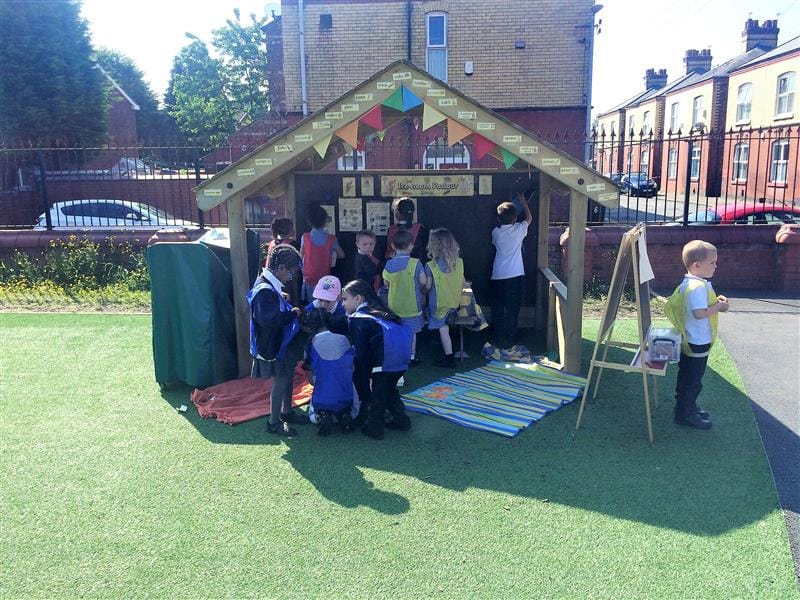
Get set for summer role play
There are so many exciting things that your role play area can become.
By changing your space into something new it can allow children to extend their current learning and understanding of many different aspects of society, occupations and culture.
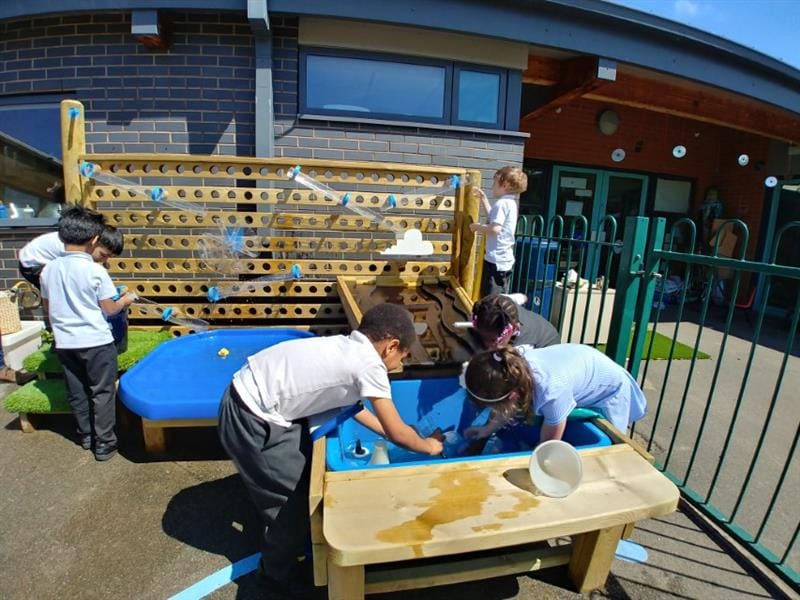
With those beautiful, sunny days on the horizon making use of an outdoor space for your role play area would provide your class with hours of fun and learning opportunities.
Here are some suggested Summer Role Play ideas which may appeal to the interests of the children in your setting.
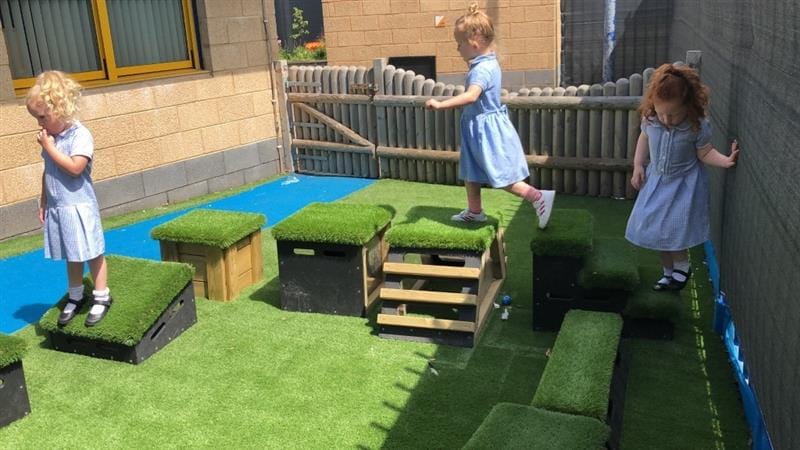
Get planting at the garden centre or florist
Inspire green fingered children’s imagination with an outdoor garden centre. Senses will be awakened when feeling the texture of the soil and seeds.
Children will enjoy smelling different scents and recognising the different colours of petals.

The use of a garden Gazebo, sorting table or planter would be the perfect base to build your role play.
Children will be able to name different seeds and flowers and will develop an understanding of how plants grow.
They can use a variety of gardening tools such as hand trowels, forks and wheels barrows to scoop compost and develop gross motor skills.
Measurements can be taken when growing beans or sunflowers and capacity can be explored when filling watering cans.
Eye-catching posters can advertise opening times and special offers and instructions on seed packets can be read.
Children will learn responsibility and patience when growing their own produce and healthy eating will be encouraged.
Anyone for lemonade?
A Water Table or Water Wall can be transformed into a lemonade stand with a couple of drops of yellow food colouring, some lemon slices and a few cups!
Children could be involved in making their own lemonade by squeezing lemons, carefully adding sugar and crushing ice which develops fine motor skills and hand-eye co-ordination.
Opportunities for writing occur when creating their own open and closed and price signs.
Conversations will take place which involve designating different jobs and turn- taking.
How many scoops would you like?
Pentagon’s shop panels and Chalkboards would be the ideal resources when creating your own ice cream parlour.
This theme would be popular with many children and adults!
The use of ice cream scoops, squirty bottles and shakers for sprinkles aid fine motor development.
Children can get crafty when making cones from brown cardboard and pom poms or tissue paper make the perfect ice cream flavours.
To add an element of messy play and utilise your Mud Kitchen ice creams could be made from sand, mud or even conditioner and cornstarch.
Product Spotlight
Writing can be practised when filling in customer order forms, counting and one- to- one correspondence can be practised when counting out scoops of ice cream.
The exchange of money is another benefit to this type of dramatic play.
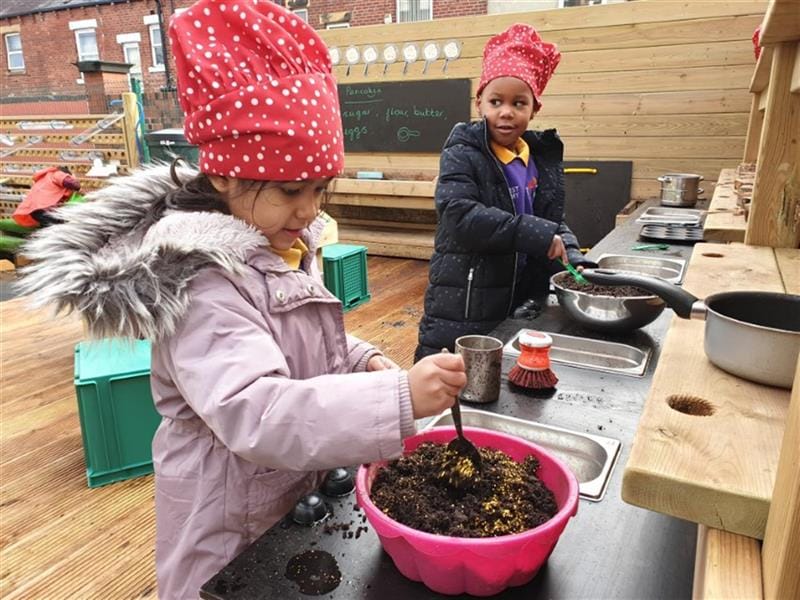
Row out to the lighthouse on the rocks
A Climber or a Play Tower can provide the base for so many different role play areas.
For the summer term I like the idea of a lighthouse based on the popular book, ‘The Lighthouse Keeper’s Lunch.’
This text is rich in language and the children could be encouraged to use new vocabulary they have acquired through reading, in their play.
A greater awareness of space would be needed when groups of children are playing together on the equipment, children will learn how to share the space with others.
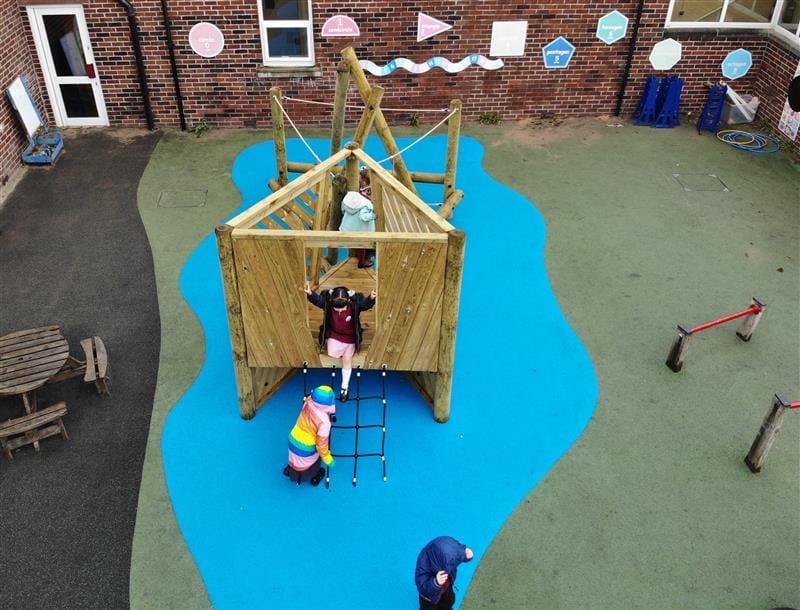
Groups of children could be involved in problem solving by devising their own rope and pulley system.
They will need to deliver the food from the house on the rocks to the lighthouse and come up with a way to stop the pesky seagulls getting to it, just like in the book.
Start digging at the excavation site
A large Sand Pit would be the perfect place for a key stage 2 role play area.
It would be easy to set up this space by adding some rock and fossil samples, coins and pebbles to the sand.
You could even create your own dinosaur bones from clay or salt dough.
A variety of tools could be explored including paintbrushes, toothbrushes, magnifiers, cameras and children’s hammers and chisels.
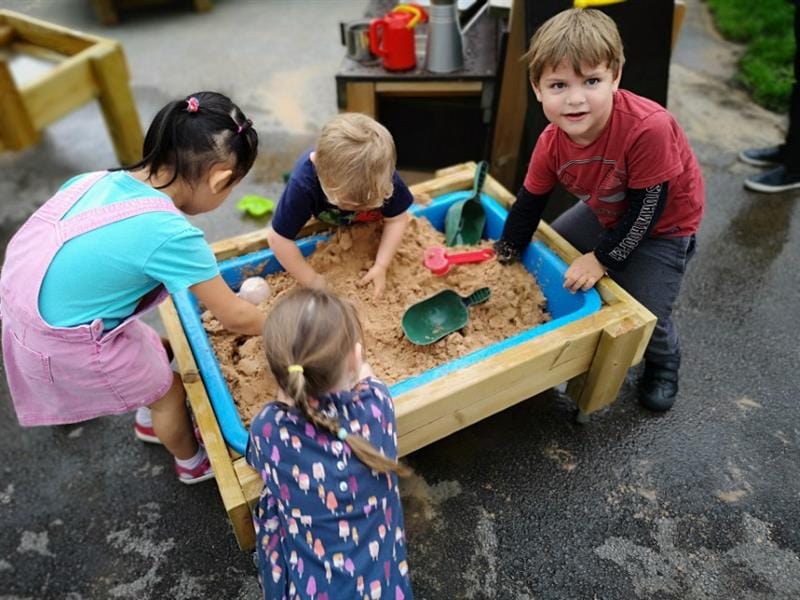
Classes would love to be archaeologists and palaeontologists, finding their own new discoveries.
This type of explorative play would link perfectly when studying evolution and inheritance in year 6.
The children may study the work of the palaeontologist Mary Anning which could lead to some brilliant biography writing.

At the car wash!
From my experience children never tire of water play.
A car wash allows children to explore an adult occupation and on very hot days they may even be allowed a hose, under close supervision!
Armed with their cloths and chamois leathers children can clean and polish cars, trikes, scooters and other vehicles your setting may have.
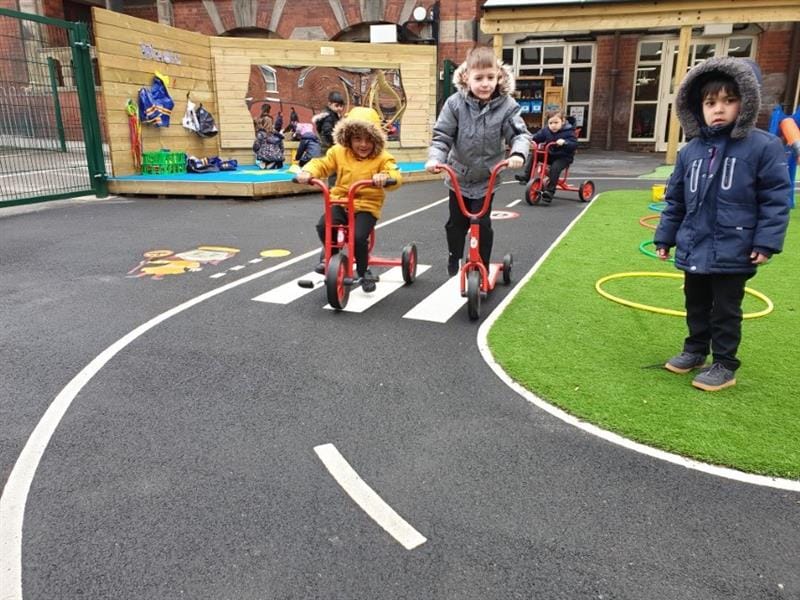
They could devise their own pricing system and once the cars are cleaned, they will have great fun riding them round the track and parking them up.
You could use this area to aid phonics lessons by writing on the vehicles using calk pens and asking children to read words/sounds before wiping them away.
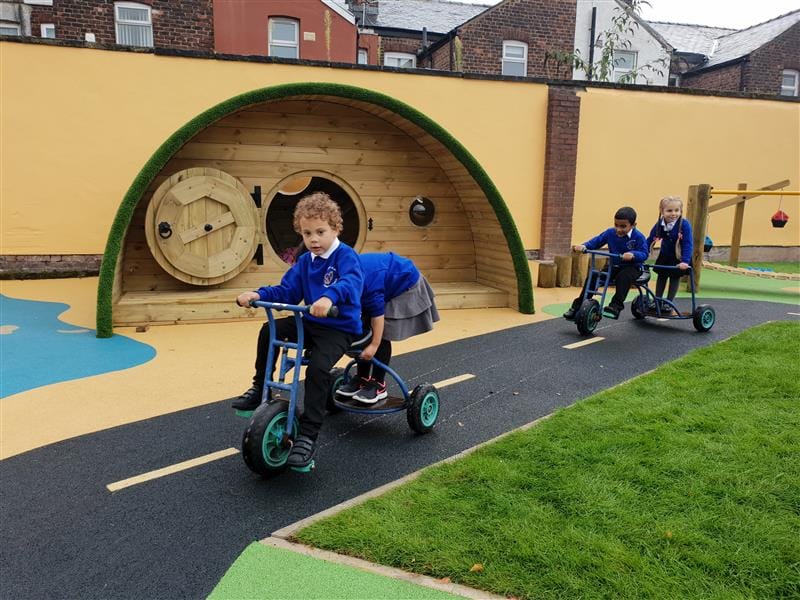
Role play areas spark children’s enthusiasm, imagination and creative play.
They are vitally important in early years education but can transcend throughout primary school.
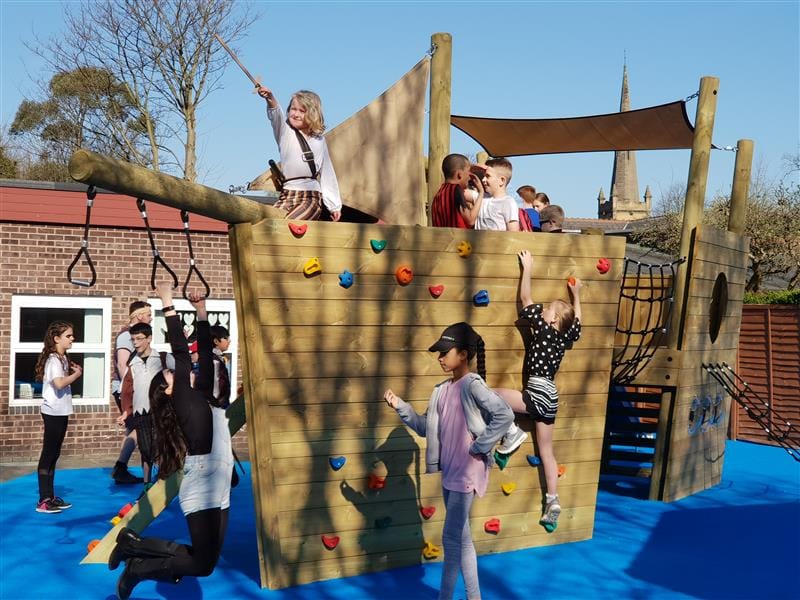
Role play areas require children to move, to interact, to gain confidence and to listen.
Consult with your children, adapt and change your environment, observe them in play and you will see those children flourish
